Past two decades have not only witnessed a considerable change in customer shopping behavior but also accounted for exponential growth in the US grocery market. In 2019, online grocery sales grew 22%, however, it propelled even more by high demand from nationwide COVID-19 lockdown and since then there is no look back and figures are only swelling. This means on demand grocery delivery app development company in New York USA are already been contacted more and more by businesses or startups who were still following traditional methods of delivery.
The launch of giant Instacart in 2012 grew rapidly and until now reached more than 80 percent of US households. Another, the acquisition of Whole Foods Market in 2017 by Amazon serves consumers with credibility in fresh groceries. Ever thought about what makes some retailers excel while others fail? The trouble with aspiring online grocery shopping before brands is their business model.
What makes Instacart’s business model an instant success?
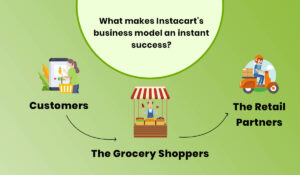
Market leaders in Grocery such as Instacart implement a sharing economy based business model. To connect customers with personal shoppers, Instacart has enabled an easy set up for customers, suppliers, retailers to provide a win to win situation for everybody.
Instacart business model rotates around the three main client groups. Instacart is offering a value proposition for all three of these customer segments.
Customers
Individuals who are placing grocery orders. This is the best way to shop for groceries. Easy, convenient and you get the delivery within an hour.
The Grocery shoppers
The shoppers are individuals receiving orders and then going to these stores and purchasing those items on the customer’s behalf. For shoppers, it is an additional way to earn part-time revenue and work within a flexible working schedule.
The Retail partners
The retail stores are partners who are tieing up with instacart and receiving the revenue from the purchase. For stores apparently, they’re increasing their loyalty from customers outside of instacart and also offering an excellent online e-commerce channel.
Instacart customer segments explained:
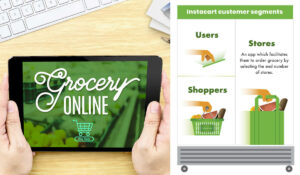
Users:
- An app which facilitates them to order grocery by selecting the end number of stores
- Convenience to order from the app, desktop, or laptop using a web-based interface.
- Users pay online for their order without juxtaposing any threat or security
- Option to shop from leading stores in the area
- Order scheduling- for a specific day and time as per the need.
Shoppers:
- Shoppers receive orders on their smartphones.
- Shoppers are stationed near the stores to save time.
- Picking up ordered items manually and delivering it to the customer.
- Apart from the per hour pay, shoppers often get a tip from customers.
Stores:
- Tie-ups and associations with major superstores across cities.
- Increase revenue through online sales via Instacart.
Business Model for starting an Online Grocery Shopping Marketplace
Keeping in mind the niche and challenges presented, both admin and seller has to provide maximum satisfaction to its customers. Below are the primary business models which ought to be followed by an online grocery shopping marketplace to render the best experience to its customers.
Seller Panel:
Aggregator Model
In this model, the brand partners with existing grocery stores or supermarkets, collect orders ultimately delivering them to the customers. This model is largely preferred by entrepreneurs reasoning it reduces the cost of warehousing.
Store-pick up model
Consumers order groceries through the website, pick up an order from the store, and later collect the same as per their preferred time. Here, there is a scope before retailers to enter into the online grocery space, click and collect model this is less intimidating than door-to-door service.
Pure-Play and Warehouse-Pick Model
This model is typically followed by businesses that neither have brick and mortar stores nor have an aggregator model. The grocery seller buys directly from the manufacturer or producer and stores it in a warehouse to further distribute.
Challenges faced by some e-grocery business model are:
- Developing an on-demand online grocery ordering service that immediately gratifies customers’ needs and ultimately saves their time.
- Working towards overcoming negative perception associated with online grocery shopping for eg, difficulty selecting meat products without seeing them in person,
- Assuring that delivery arrives at them at their selected convenient time, shortest window and they need not be mandatorily at home when it arrives.
- Setting product pricing that is similar or easily comparable to in-store shopping.
Providing free home delivery service to customers at a reasonable cost without incurring the risk of losing money on the order.
Until relatively recently, grocery options rendered to shoppers were limited as per the availability of brick and mortar stores. Whereas now, tens of millions of Americans can shop and gratify their on-demand groceries in less than an hour with an option of free home delivery.
Launch your online grocery marketplace with Zimble Code on-demand delivery app experts and we help build an aggregated marketplace by bringing all your grocery stores under a single dashboard. Whether you are planning to build an aggregated marketplace, supermarket chain, or standalone store, we insist you go digital and expand your offline business online.
Also Read – 8 Best Ideas to Protect your Grocery Business in Coronavirus Epidemic

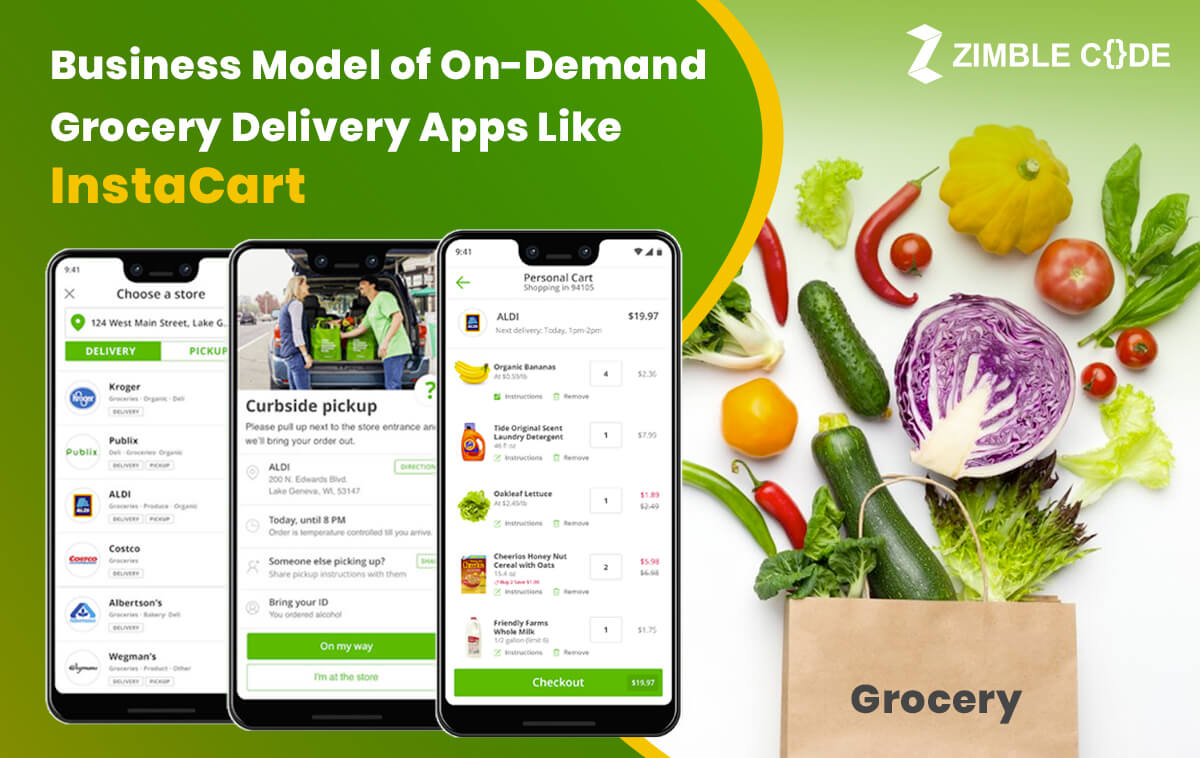
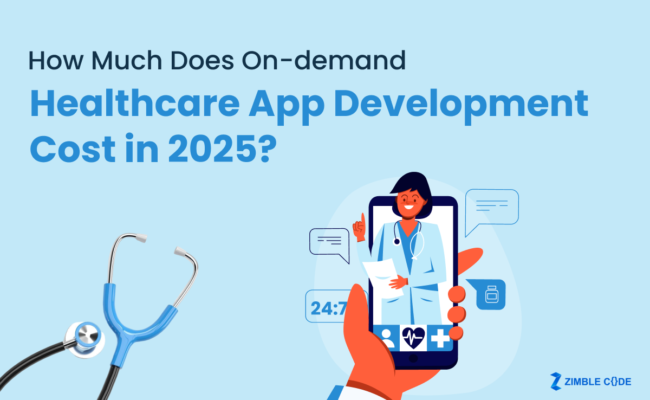
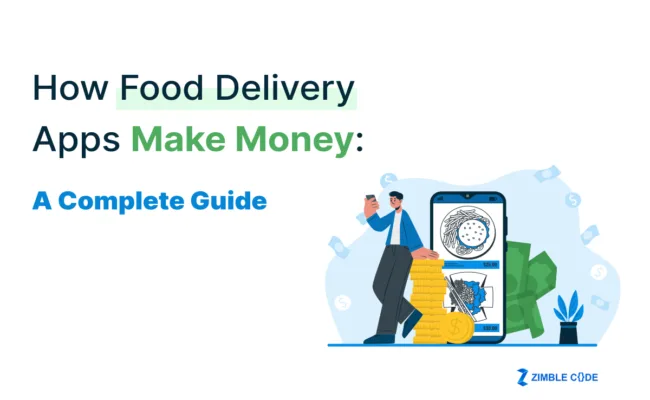
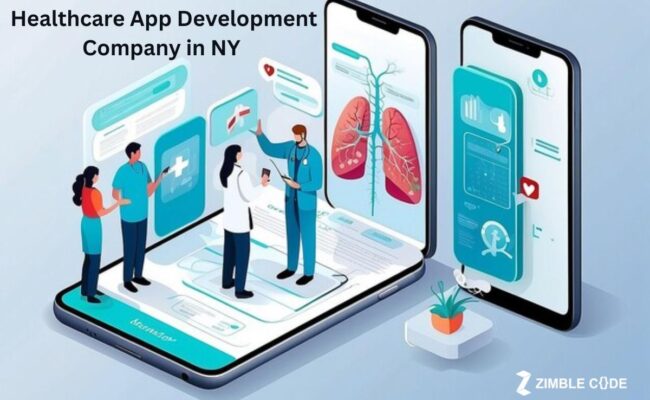
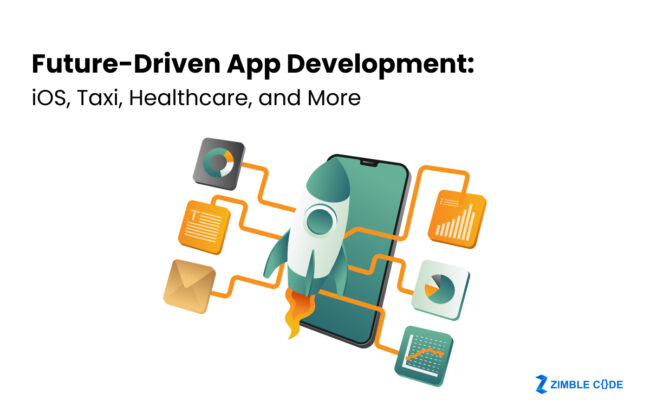


Your all blogs are informative, great information here..
Thanks for sharing such an amazing article, really informative.
What’s up it’s me, I am also visiting this site daily,
this web page is truly good and the people are in fact sharing fastidious thoughts.
Superb post ! your all blogs are creative and informative. Good work !
Good work!
Your website is looking attractive and your all blogs are informative and fresh.
Thank you so much and keep it up!
Very help full content thanks for sharing it.
I appreciate this piece of useful information.
Hi, Good day wishes!
At first, a very thanks for letting me know how to start a grocery delivery app development simply with astounding features. Starting a grocery delivery app is assuredly a beneficial thing that generates a better ROI with a wide reach. For those budding entrepreneurs, I would like to suggest one best grocery delivery app development solutions provider, Startupmart which let you shine in your business with a huge reach.
Very well explained! To support grocery mobile app development demands I would also like to share, during the coronavirus pandemic, Instacart hit its first profitable month, netting $10 million. Constantly, Online Grocery delivery app development companies are growing rapidly with the increasing demands of android & iOS mobile app development to provide grocery delivery app solutions.
hi,,
your information about Grocery Delivery App is very unique and good. I want more information about more Applications.
Thanks for sharing this article it’s very useful to us.
keep sharing.
thanks.